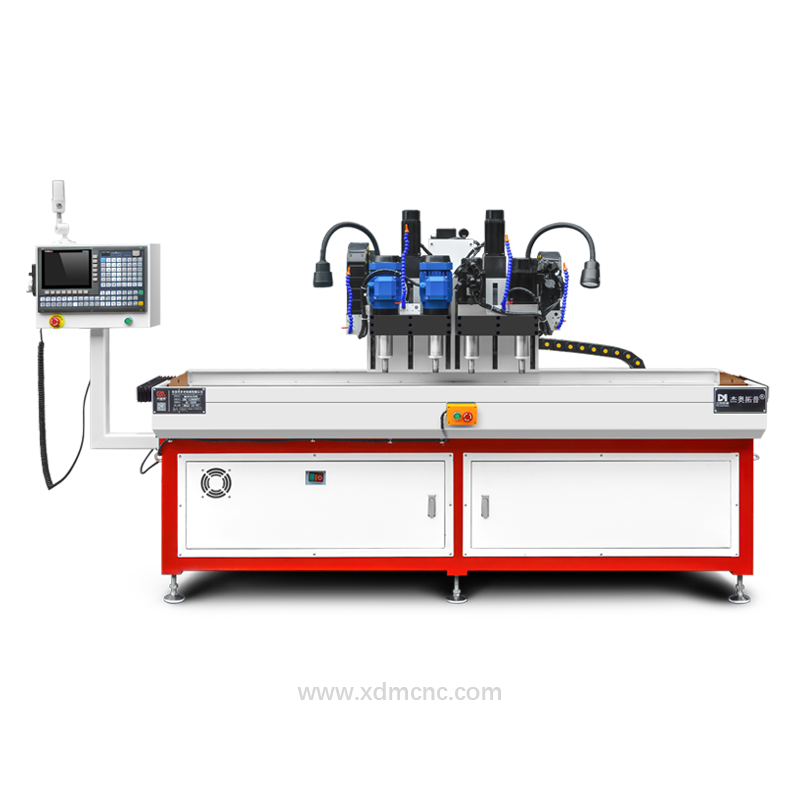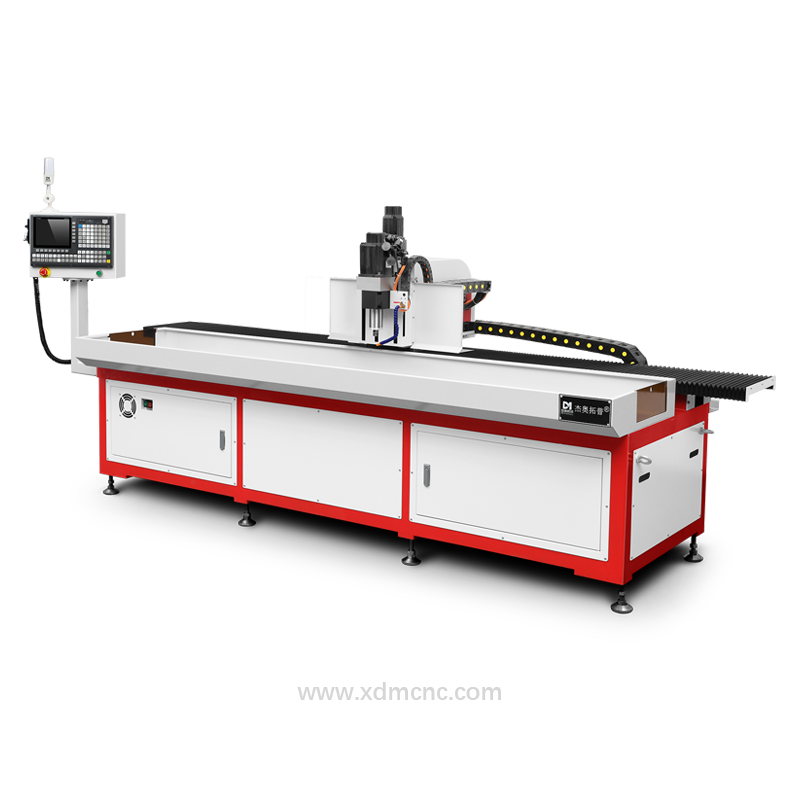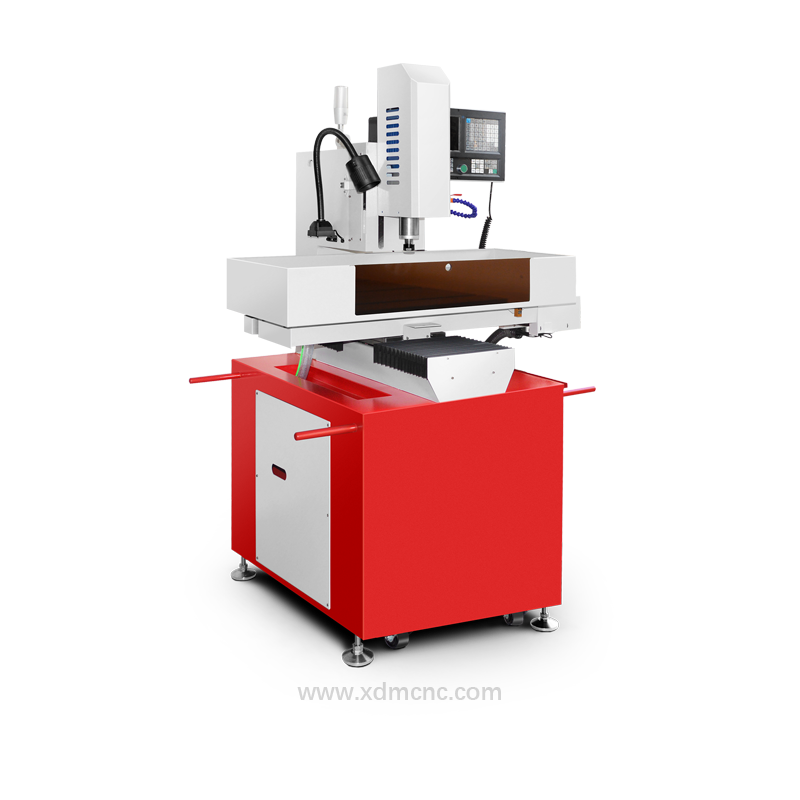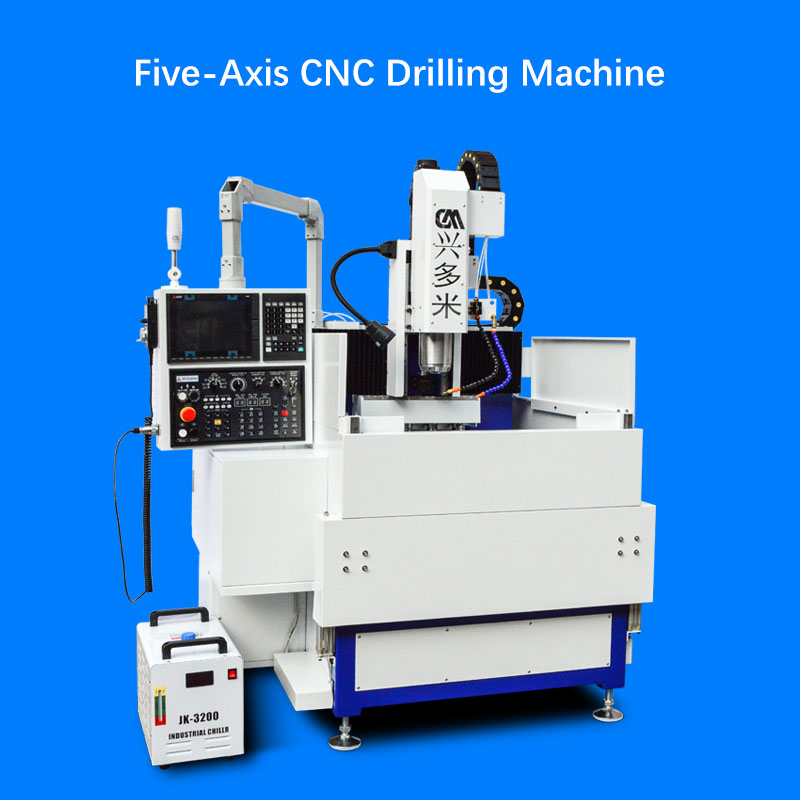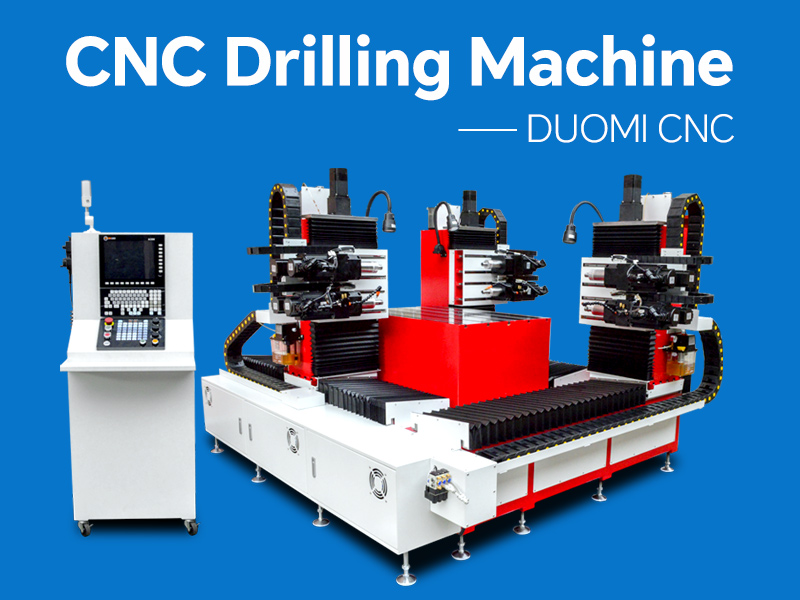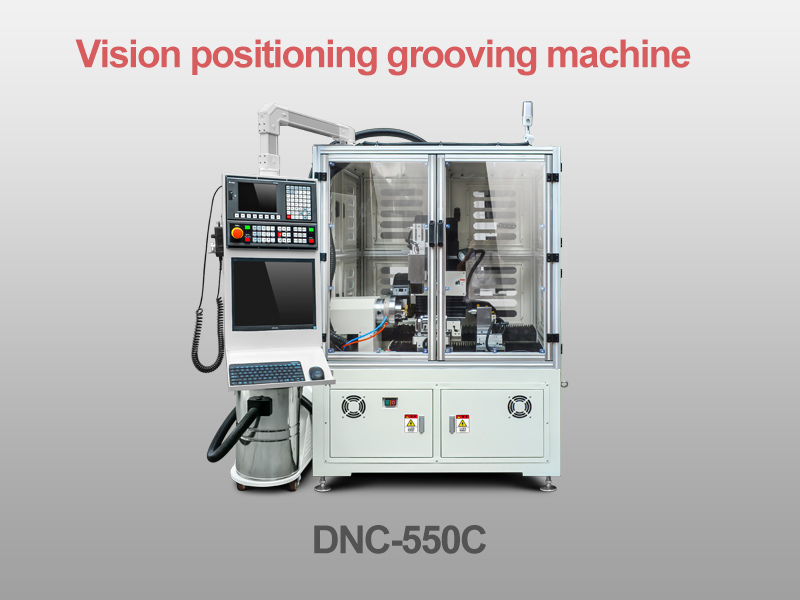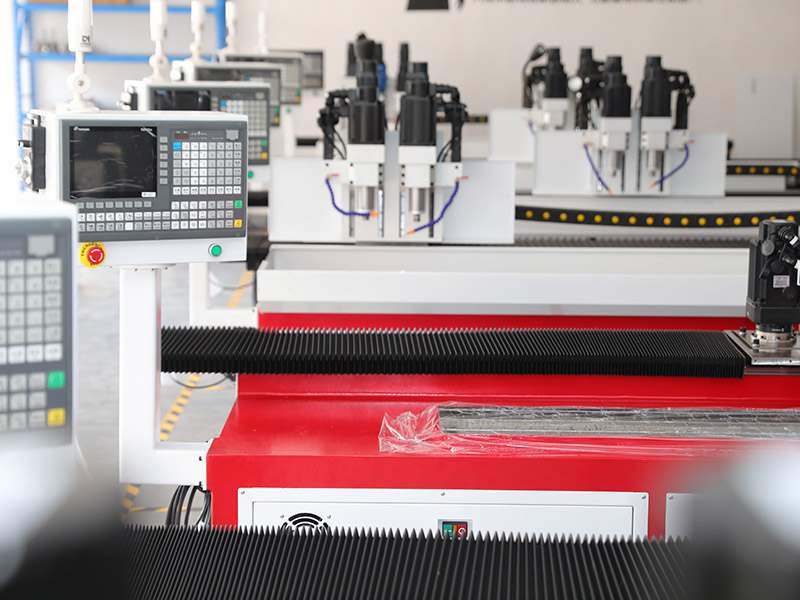Introduction:
In the realm of modern manufacturing, precision, efficiency, and automation are paramount. Among the myriad of technologies that have revolutionized the industry, Computer Numerical Control (CNC) drilling machines stand out as a cornerstone of contemporary production processes. These machines have transformed the way industries approach drilling operations, offering unparalleled accuracy, repeatability, and speed. This article delves into the intricacies of CNC drilling machines, exploring their evolution, technological advancements, applications, and the profound impact they have had on various sectors.
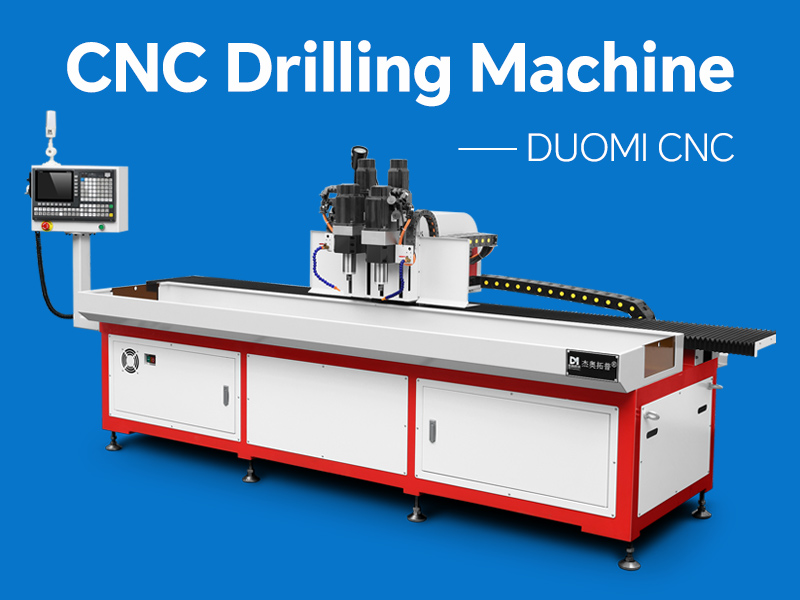
1. The Genesis of CNC Drilling Machines
The concept of CNC technology dates back to the 1940s and 1950s when the need for more precise and automated machining processes became evident. Initially, Numerical Control (NC) machines were developed, which relied on punched tape to control the movement of tools. However, the advent of computers in the 1960s led to the evolution of CNC machines, which utilized computer programs to control machine tools with greater precision and flexibility.
CNC drilling machines emerged as a specialized subset of CNC technology, designed specifically for drilling holes with high accuracy and consistency. Early CNC drilling machines were primarily used in the aerospace and automotive industries, where precision drilling was critical. Over time, advancements in computer technology, software, and machine design have propelled CNC drilling machines to the forefront of modern manufacturing.
2. Technological Advancements in CNC Drilling Machines
The evolution of CNC drilling machines has been marked by significant technological advancements that have enhanced their capabilities and expanded their applications. Some of the key advancements include:
2.1. Multi-Axis Machining
Traditional drilling machines were limited to three axes of movement (X, Y, and Z). However, modern CNC drilling machines often feature multi-axis capabilities, allowing for more complex and intricate drilling operations. Five-axis CNC drilling machines, for instance, can rotate the workpiece and the drilling tool simultaneously, enabling the creation of holes at various angles and orientations. This capability is particularly valuable in industries such as aerospace, where components often require holes with complex geometries.
2.2. High-Speed Drilling
Advancements in spindle technology and cutting tools have enabled CNC drilling machines to achieve higher drilling speeds without compromising accuracy. High-speed drilling is essential for increasing productivity and reducing cycle times in manufacturing processes. Additionally, the use of advanced materials for cutting tools, such as carbide and diamond, has improved the durability and performance of CNC drilling machines, allowing them to handle tougher materials with ease.
2.3. Automation and Integration
The integration of CNC drilling machines with automated systems, such as robotic arms and conveyor belts, has further enhanced their efficiency and versatility. Automated CNC drilling systems can perform continuous drilling operations with minimal human intervention, reducing labor costs and increasing throughput. Moreover, the integration of CNC drilling machines with Computer-Aided Design (CAD) and Computer-Aided Manufacturing (CAM) software has streamlined the production process, enabling seamless transition from design to manufacturing.
2.4. Precision and Accuracy
One of the most significant advantages of CNC drilling machines is their ability to achieve exceptional precision and accuracy. Modern CNC drilling machines are equipped with advanced sensors and feedback systems that monitor and adjust the drilling process in real-time. This ensures that each hole is drilled to the exact specifications, with minimal deviation. The precision of CNC drilling machines is particularly crucial in industries such as medical device manufacturing, where even the slightest error can have severe consequences.
2.5. Energy Efficiency and Sustainability
As the manufacturing industry increasingly prioritizes sustainability, CNC drilling machines have evolved to become more energy-efficient. Modern machines are designed to minimize energy consumption while maintaining high performance. Additionally, the use of eco-friendly coolants and lubricants has reduced the environmental impact of CNC drilling operations. These advancements not only contribute to a greener manufacturing process but also result in cost savings for manufacturers.
3. Applications of CNC Drilling Machines
CNC drilling machines have found applications in a wide range of industries, each benefiting from their precision, efficiency, and versatility. Some of the key industries that rely on CNC drilling machines include:
3.1. Aerospace
The aerospace industry demands the highest levels of precision and reliability, as even the smallest defect can compromise the safety and performance of aircraft. CNC drilling machines are extensively used in the production of aerospace components, such as engine parts, wing structures, and fuselage sections. The ability to drill holes with complex geometries and tight tolerances makes CNC drilling machines indispensable in this industry.
3.2. Automotive
In the automotive industry, CNC drilling machines are used to manufacture a variety of components, including engine blocks, transmission housings, and chassis parts. The high-speed drilling capabilities of CNC machines enable automotive manufacturers to meet the demands of mass production while maintaining consistent quality. Additionally, the integration of CNC drilling machines with automated systems has streamlined the production process, reducing lead times and costs.
3.3. Electronics
The electronics industry relies on CNC drilling machines for the production of printed circuit boards (PCBs). PCBs require precise drilling of thousands of tiny holes to accommodate electronic components. CNC drilling machines are capable of drilling these holes with micron-level accuracy, ensuring the proper functioning of electronic devices. The high-speed drilling capabilities of CNC machines also enable the rapid production of PCBs, meeting the demands of the fast-paced electronics industry.
3.4. Medical Device Manufacturing
The medical device industry requires the production of highly precise and complex components, such as surgical instruments, implants, and diagnostic equipment. CNC drilling machines are used to create intricate holes and features in these components, ensuring their functionality and reliability. The precision and accuracy of CNC drilling machines are critical in this industry, where even the smallest deviation can have significant consequences for patient safety.
3.5. Construction and Infrastructure
In the construction and infrastructure sectors, CNC drilling machines are used to manufacture structural components, such as steel beams, columns, and trusses. These components often require precise drilling of holes for bolts and fasteners, ensuring the stability and integrity of structures. CNC drilling machines enable the efficient production of these components, reducing construction timelines and costs.
4. The Impact of CNC Drilling Machines on Manufacturing
The widespread adoption of CNC drilling machines has had a profound impact on the manufacturing industry, driving advancements in productivity, quality, and innovation. Some of the key impacts include:
4.1. Increased Productivity
CNC drilling machines have significantly increased the productivity of manufacturing processes. The ability to perform high-speed drilling operations with minimal downtime has reduced cycle times and increased throughput. Additionally, the integration of CNC drilling machines with automated systems has enabled continuous production, further enhancing productivity.
4.2. Improved Quality and Consistency
The precision and accuracy of CNC drilling machines have resulted in improved product quality and consistency. Each hole drilled by a CNC machine is produced to the exact specifications, ensuring that components meet the required standards. This level of consistency is particularly important in industries such as aerospace and medical device manufacturing, where quality is paramount.
4.3. Reduced Labor Costs
The automation capabilities of CNC drilling machines have reduced the need for manual labor in drilling operations. Automated CNC drilling systems can perform complex drilling tasks with minimal human intervention, reducing labor costs and increasing efficiency. This has allowed manufacturers to allocate resources to other areas of production, further enhancing overall productivity.
4.4. Enhanced Flexibility and Customization
CNC drilling machines offer a high degree of flexibility, allowing manufacturers to easily switch between different drilling tasks and produce customized components. The ability to program CNC machines to perform a wide range of drilling operations has enabled manufacturers to meet the diverse needs of their customers. This flexibility has also facilitated the production of small batches and prototypes, supporting innovation and product development.
4.5. Sustainability and Environmental Impact
The energy efficiency and sustainability features of modern CNC drilling machines have contributed to a greener manufacturing process. By reducing energy consumption and minimizing waste, CNC drilling machines have helped manufacturers reduce their environmental footprint. Additionally, the use of eco-friendly coolants and lubricants has further enhanced the sustainability of CNC drilling operations.
5. Future Trends in CNC Drilling Machines
As technology continues to advance, CNC drilling machines are expected to evolve further, offering even greater capabilities and efficiencies. Some of the future trends in CNC drilling machines include:
5.1. Integration with Industry 4.0
The integration of CNC drilling machines with Industry 4.0 technologies, such as the Internet of Things (IoT), artificial intelligence (AI), and big data analytics, is expected to revolutionize the manufacturing process. Smart CNC drilling machines equipped with sensors and connectivity features will be able to monitor and optimize drilling operations in real-time, improving efficiency and reducing downtime. Additionally, the use of AI algorithms will enable predictive maintenance, further enhancing the reliability of CNC drilling machines.
5.2. Advanced Materials and Coatings
The development of advanced materials and coatings for cutting tools will enhance the performance and durability of CNC drilling machines. New materials, such as nanocomposites and ceramics, will enable CNC machines to handle even tougher materials with greater efficiency. Additionally, advanced coatings, such as diamond-like carbon (DLC) and titanium nitride (TiN), will improve the wear resistance of cutting tools, extending their lifespan and reducing maintenance costs.
Conclusion
CNC drilling machines have come a long way since their inception, evolving into highly sophisticated and versatile tools that are integral to modern manufacturing. Their ability to deliver precision, efficiency, and automation has transformed the way industries approach drilling operations, driving advancements in productivity, quality, and innovation. As technology continues to advance, CNC drilling machines are poised to play an even greater role in shaping the future of manufacturing, offering new possibilities and opportunities for industries worldwide. Whether in aerospace, automotive, electronics, or medical device manufacturing, CNC drilling machines will remain at the forefront of industrial progress, ensuring that the demands of precision and efficiency are met with unwavering reliability.




